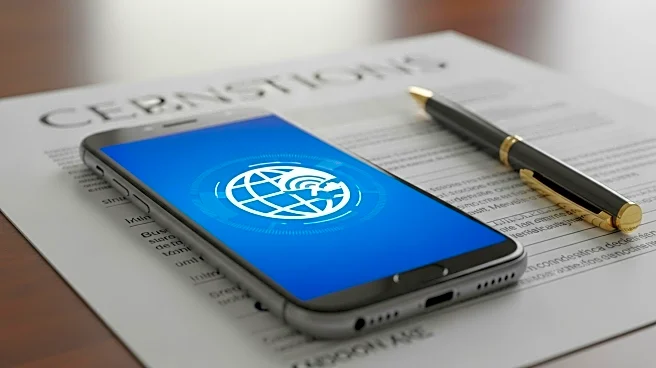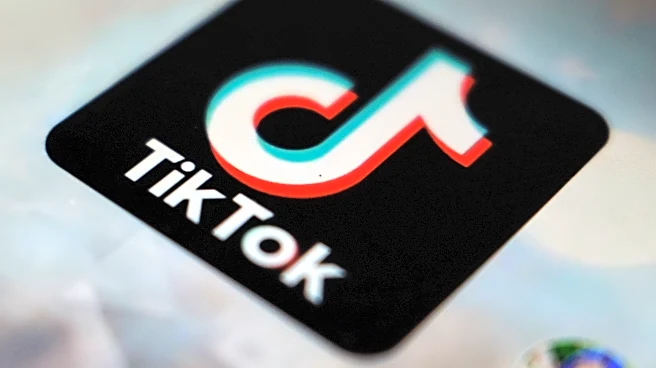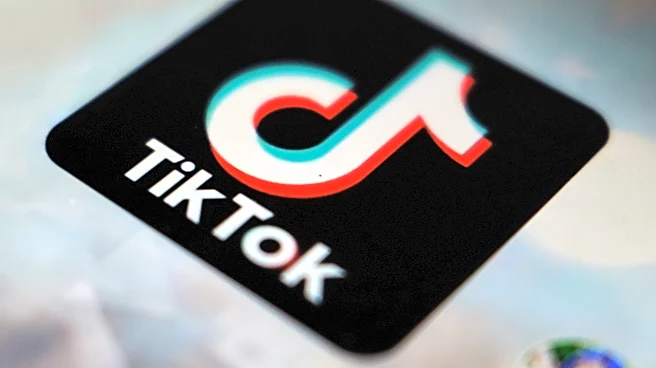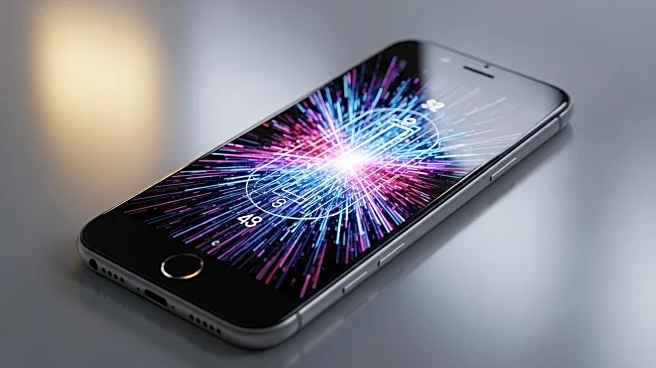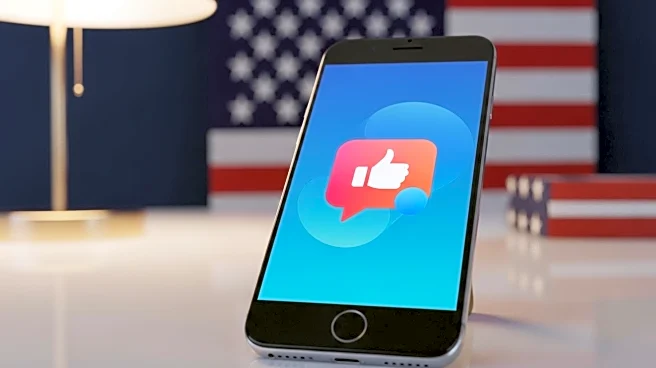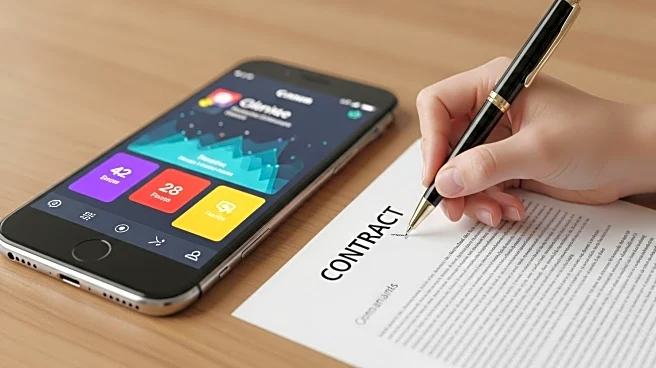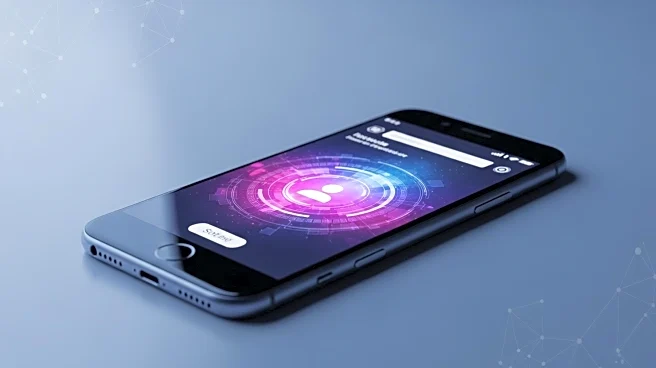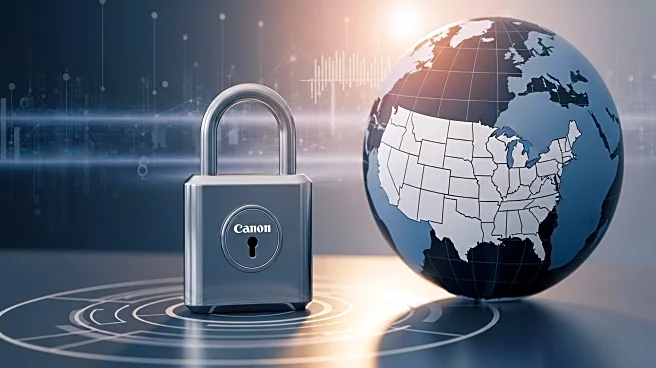What is the story about?
What's Happening?
President Trump has signed an executive order to transfer TikTok's ownership to a US entity, separating it from its Chinese parent company, ByteDance. This move comes after months of legal uncertainty and concerns over data privacy and national security. The agreement, approved by China's President Xi Jinping, allows US investors to take a majority stake in TikTok's US operations, with ByteDance retaining less than 20% ownership. The new US company will be valued at $14 billion, significantly lower than ByteDance's overall valuation. Oracle, along with other prominent investors like Rupert Murdoch and Michael Dell, will oversee TikTok's US operations, ensuring that US user data remains secure and inaccessible to Chinese officials.
Why It's Important?
The executive order marks a significant shift in the US-China tech landscape, addressing longstanding concerns about data privacy and foreign influence. By transferring TikTok's ownership to US investors, the Trump administration aims to safeguard American user data and prevent potential misuse by foreign entities. This move also strengthens US influence in the social media industry, providing American companies with a powerful platform to compete globally. The decision reflects broader efforts by the Trump administration to exert control over the tech industry, following recent investments in domestic companies like Intel.
What's Next?
The divestiture from ByteDance is expected to be completed within 120 days, with further details about the deal's stakeholders to be announced soon. The new US entity will be governed by a board of cybersecurity and national security experts, ensuring compliance with US laws and regulations. As the transition unfolds, stakeholders will closely monitor the impact on TikTok's operations and user experience. The deal may also influence future US-China negotiations, as both countries navigate the complexities of tech ownership and data security.
AI Generated Content
Do you find this article useful?
